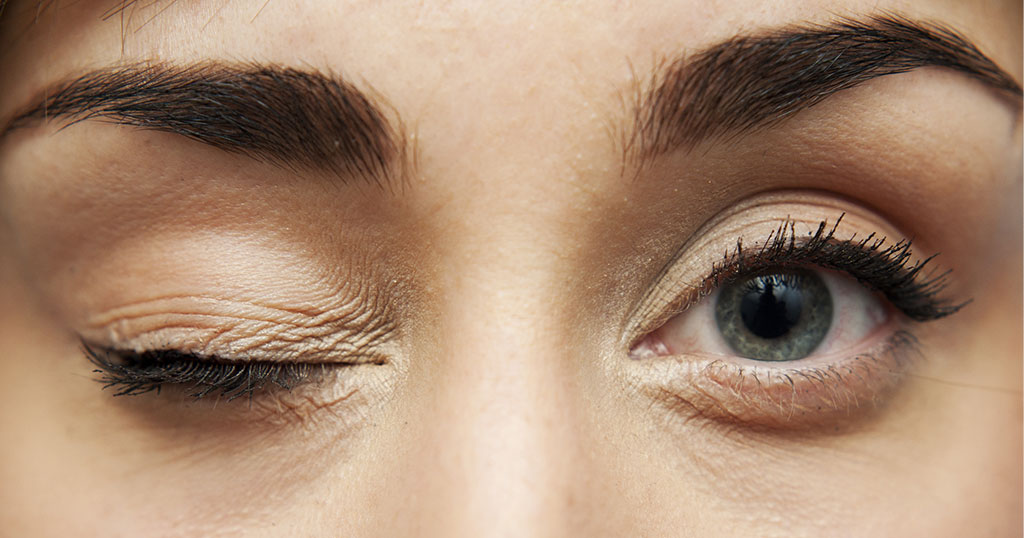This week’s blog on Eyelid Twitching has been contributed by Dr. Qaseim Nasser, Consultant Ophthalmic Surgeon, Specialist in Oculoplastic Surgery, Cataract and Refractive Vision Correction Surgery The muscles around the eyelid can be affected by a wide range of movement problems such as twitching. The most common disorders are ‘Benign Essential Blepharospasm’ and ‘Hemifacial Spasms’.… Continue reading Eyelid Twitching
Dr. Namir Kafil-Hussain
M.B.Ch.B., M.Sc., F.R.C.S., F.R.C.Ophth Consultant Paediatric Ophthalmologist, Specialist in Children’s Eye Diseases, Strabismus (Squint) and Paediatric Cataract Surgery Dr. Namir Kafil-Hussain is a highly experienced consultant ophthalmic surgeon, with substantial expertise gained in a variety of senior clinical consulting roles in some of the leading specialist hospitals in the UK and Republic of Ireland, managing… Continue reading Dr. Namir Kafil-Hussain
